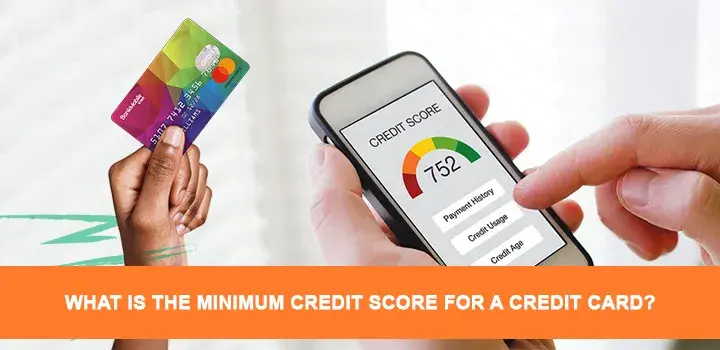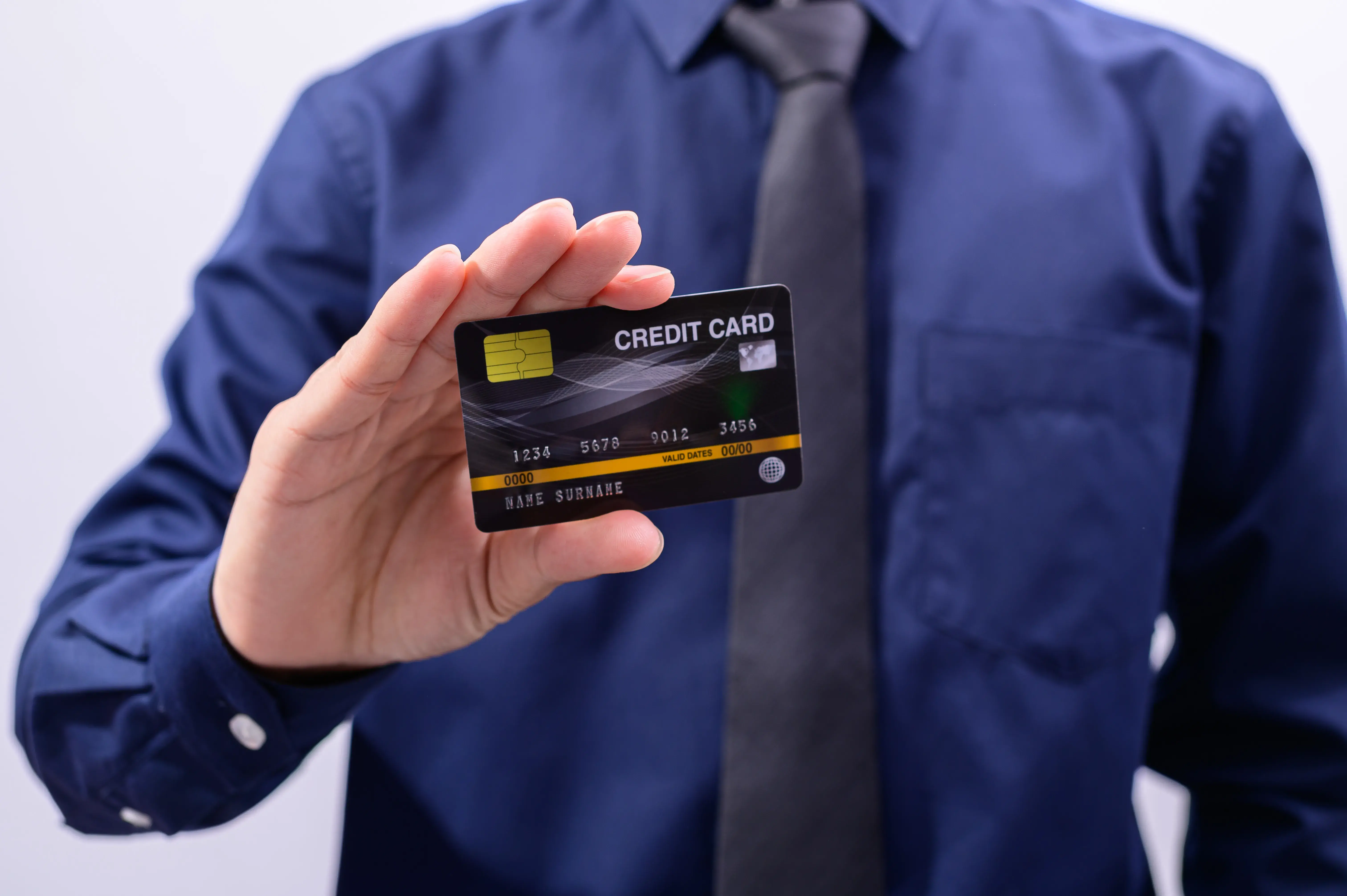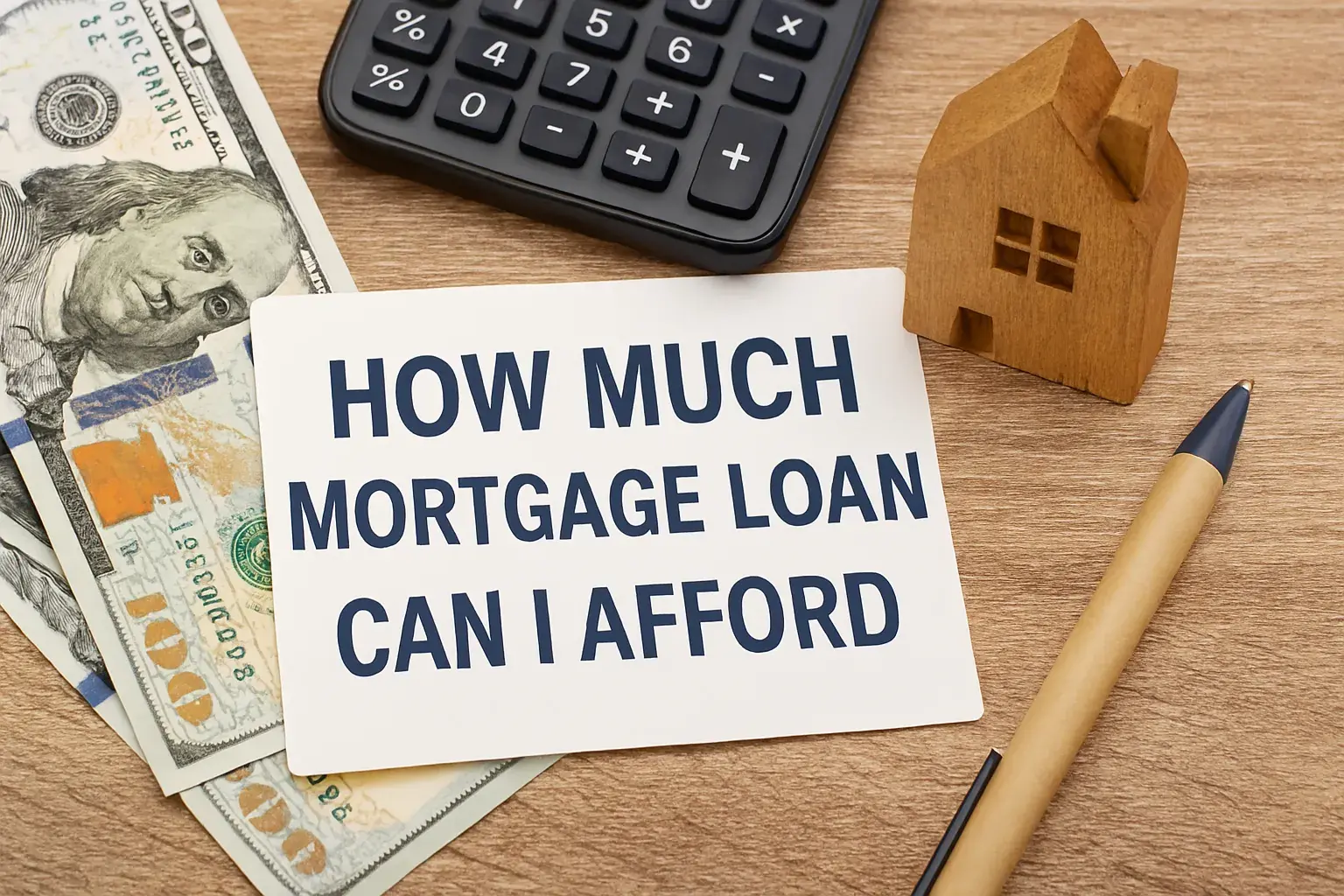-
Posted on: 21 Dec 2022

-
Applying for a credit card can be a crucial step in building credit history, earning rewards, and managing finances. But before you start filling out applications, it’s important to understand the credit score requirements for different types of cards. This comprehensive guide will break down the minimum credit scores needed for various credit cards and provide strategies to improve your creditworthiness.
Understanding Credit Scores
Your credit score is a three-digit number that represents your creditworthiness. It's based on your credit history, including your payment history, amounts owed, length of credit history, new credit, and credit mix. Lenders use this score to assess the risk of lending you money.
Key Credit Score Factors
- Payment History: Making on-time payments is the most important factor.
- Amounts Owed: How much you owe compared to your credit limits.
- Length of Credit History: A longer credit history generally results in a better score.
- Credit Mix: Having a variety of credit accounts (e.g., credit cards, loans).
- New Credit: Opening too many new accounts in a short period can lower your score.
Credit Score Ranges
Understanding credit score ranges is crucial for knowing where you stand. Here's a general breakdown:
- Excellent (800-850): The highest range, indicating a very low risk to lenders.
- Very Good (740-799): Above average, indicating a low risk to lenders.
- Good (670-739): Average, indicating an acceptable risk to lenders.
- Fair (580-669): Below average, indicating a higher risk to lenders.
- Poor (300-579): The lowest range, indicating a very high risk to lenders.
Two primary credit scoring models are used: FICO and VantageScore. While they may vary slightly, the ranges above are generally applicable to both.
Minimum Credit Scores for Different Credit Cards
The minimum credit score required for a credit card varies depending on the type of card. Here's a breakdown:
Excellent Credit (740+)
With excellent credit, you'll have access to the best credit cards on the market, including premium rewards cards, travel cards, and low-interest cards. These cards often come with valuable perks and benefits.
- Rewards Credit Cards: Earn points, miles, or cash back on purchases. Examples include Chase Sapphire Preferred, American Express Platinum (although approval can vary slightly lower too), and Capital One Venture Rewards.
- Travel Credit Cards: Offer travel-related rewards, such as airline miles, hotel points, and travel credits. Examples include the cards mentioned above, plus many specific airline and hotel branded cards.
- Low-Interest Credit Cards: Ideal for carrying a balance, as they offer lower APRs.
Good Credit (670-739)
If you have good credit, you'll still have a decent selection of credit cards to choose from, although the rewards and benefits may not be as lucrative as those offered to individuals with excellent credit.
- Rewards Credit Cards: Offer rewards, but may have slightly higher APRs or lower rewards rates than cards for excellent credit. Examples include Capital One Quicksilver and Chase Freedom Unlimited.
- Balance Transfer Cards: Designed to help you transfer high-interest debt from other cards.
- General-Purpose Credit Cards: Provide a standard line of credit for everyday purchases.
Fair Credit (580-669)
With fair credit, your options are more limited. You may need to consider cards designed for individuals with less-than-perfect credit, which often come with higher interest rates and fees.
- Credit Building Cards: Help you establish or rebuild your credit history. These often have lower credit limits.
- Secured Credit Cards: Require a security deposit, which serves as your credit limit. This reduces the risk to the lender, making it easier to get approved.
- Unsecured Credit Cards for Fair Credit: Some issuers specialize in offering unsecured cards to those with fair credit, but these typically have higher APRs and fees.
Poor Credit (300-579)
If you have poor credit, obtaining a credit card can be challenging. Your best option is typically a secured credit card or a credit-building card specifically designed for individuals with bad credit.
- Secured Credit Cards: As mentioned above, these require a security deposit. Examples include the Discover it Secured card and Capital One Secured Mastercard.
- Credit-Builder Loans: While not a credit card, these loans can help you build credit history. They are repaid over time, and the payments are reported to the credit bureaus.
Secured vs. Unsecured Credit Cards
Understanding the difference between secured and unsecured credit cards is crucial, especially if you have fair or poor credit.
Secured Credit Cards
Secured credit cards require a security deposit, typically equal to your credit limit. This deposit protects the lender if you fail to make payments. Secured cards are often easier to obtain than unsecured cards, especially if you have a limited or damaged credit history.
Benefits of Secured Credit Cards
- Easier to get approved, even with poor credit.
- Opportunity to rebuild credit history.
- The security deposit is refundable after a period of responsible use.
Drawbacks of Secured Credit Cards
- Requires an upfront cash deposit.
- May have higher fees and lower rewards.
Unsecured Credit Cards
Unsecured credit cards do not require a security deposit. They are based on your creditworthiness, and lenders assume more risk when issuing these cards. Unsecured cards are generally preferred, but they are more difficult to obtain with fair or poor credit.
Benefits of Unsecured Credit Cards
- No upfront cash deposit required.
- Often offer rewards and benefits.
- Can help build credit history.
Drawbacks of Unsecured Credit Cards
- More difficult to get approved with fair or poor credit.
- May have higher interest rates and fees.
Improving Your Credit Score
If your credit score isn't high enough to qualify for the credit card you want, there are several steps you can take to improve it.
1. Pay Bills On Time
Payment history is the most important factor in your credit score. Make sure to pay all your bills on time, every time. Consider setting up automatic payments to avoid missing due dates.
2. Reduce Credit Card Balances
Your credit utilization ratio (the amount of credit you're using compared to your credit limit) is another important factor. Aim to keep your balances below 30% of your credit limit, and ideally below 10%. For example, if you have a credit card with a $1000 limit, try to keep the balance under $300, and preferably under $100.
3. Don't Open Too Many New Accounts
Opening too many new accounts in a short period can lower your credit score. Each credit application results in a hard inquiry on your credit report, which can negatively impact your score. Only apply for credit when you truly need it.
4. Review Your Credit Report Regularly
Check your credit report regularly for errors and inaccuracies. You can obtain a free copy of your credit report from each of the three major credit bureaus (Equifax, Experian, and TransUnion) at AnnualCreditReport.com. Dispute any errors you find.
5. Become an Authorized User
Ask a friend or family member with a credit card and a good credit history to add you as an authorized user. Their positive payment history will be reflected on your credit report, helping to improve your score.
6. Consider a Credit-Builder Loan
As mentioned earlier, credit-builder loans are designed to help you build credit history. You'll make fixed monthly payments, and the lender will report your payments to the credit bureaus.
Choosing the Right Credit Card for Your Credit Score
Once you know your credit score and understand the different types of credit cards available, you can start shopping for the right card for your needs. Consider the following factors:
- Interest Rates (APRs): If you plan to carry a balance, choose a card with a low APR.
- Fees: Look for cards with low or no annual fees, late fees, and over-limit fees.
- Rewards: If you spend frequently in certain categories (e.g., travel, dining), choose a rewards card that offers bonus rewards in those categories.
- Credit Limit: Make sure the credit limit is sufficient for your needs, but avoid cards with unnecessarily high limits.
- Benefits: Some cards offer valuable benefits, such as travel insurance, purchase protection, and concierge services.
The Impact of Credit Card Usage on Your Credit Score
How you use your credit card has a significant impact on your credit score. Responsible credit card use can help you build a positive credit history and improve your score. Irresponsible use can damage your credit and make it difficult to qualify for credit in the future.
Positive Credit Card Usage Habits
- Making on-time payments.
- Keeping credit card balances low.
- Using a small portion of your available credit.
- Avoiding cash advances.
- Regularly monitoring your credit report.
Negative Credit Card Usage Habits
- Making late payments.
- Maxing out credit cards.
- Applying for too many credit cards at once.
- Failing to monitor your credit report.
- Ignoring collection notices.
Alternative Options if You Can't Get a Credit Card
If you're unable to qualify for a credit card, there are still other options to consider.
- Debit Cards: Debit cards allow you to spend money directly from your bank account. While they don't help build credit, they can be a convenient way to manage your finances.
- Prepaid Cards: Prepaid cards are loaded with a specific amount of money. They can be used like credit cards, but they don't require a credit check and don't help build credit.
- Rent Reporting Services: Some services allow you to report your rent payments to the credit bureaus, which can help you build credit history.
- Secured Loans: Secured loans require collateral, such as a car or savings account. They can be easier to obtain than unsecured loans, and they can help you build credit.











